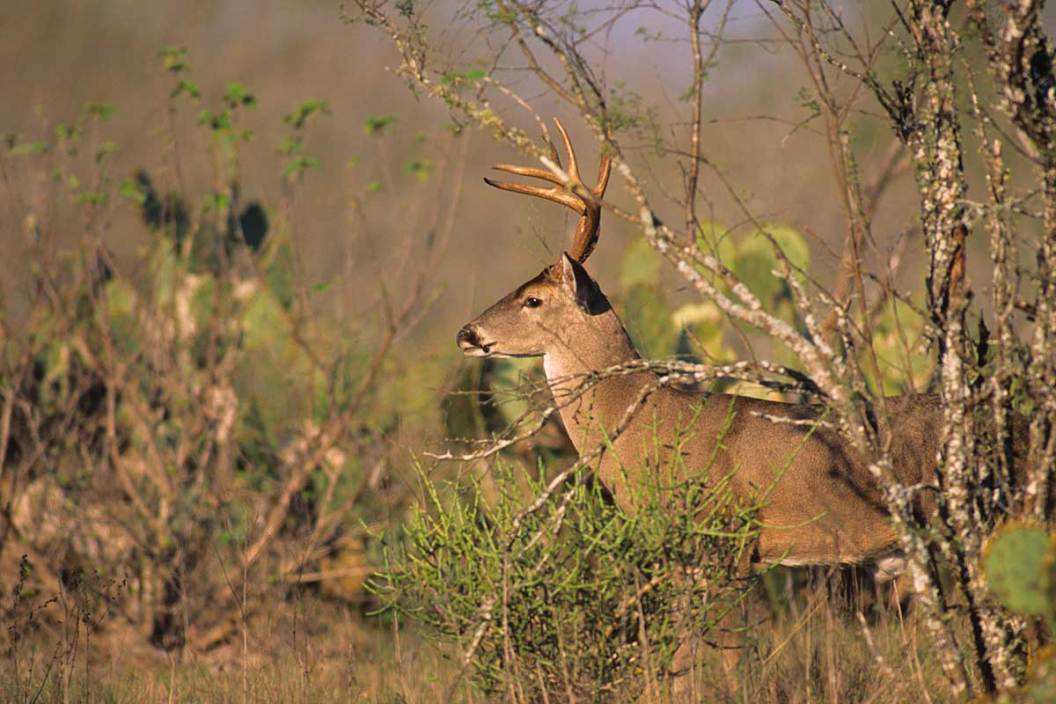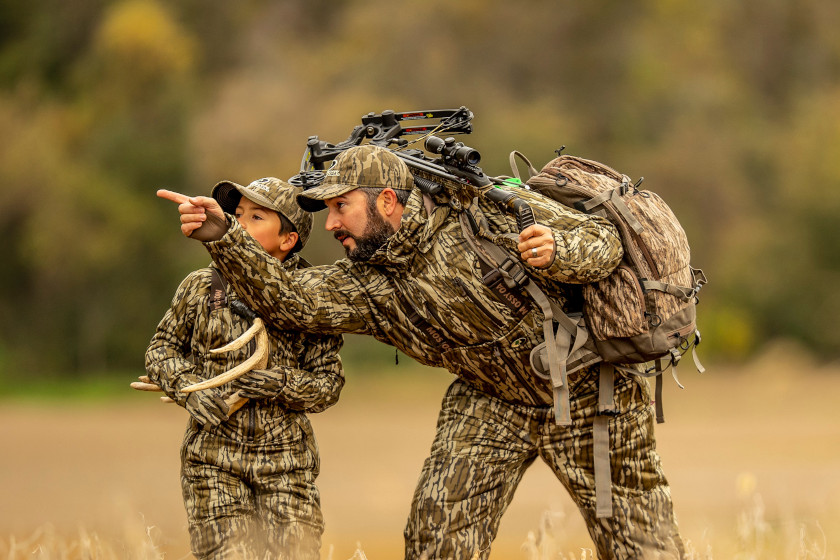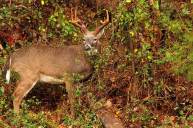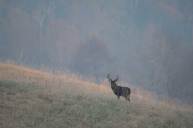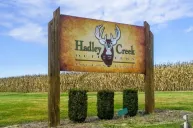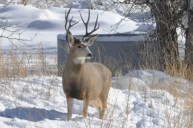After a hot and dry summer, drought conditions have taken hold across the United States, leaving the environment and those who depend on it in a tough spot over the next couple of months. Drought conditions are tough on everyone, affecting habitat, food, and water sources for wildlife while affecting agriculture production, wildfire potential, and outdoor recreation opportunities for humans.
Let's just be honest: there is no doubt that drought is most damaging for farmers. It increases irrigation costs and can lead to serious issues for unirrigated crops. But drought conditions affect others in less impactful (but still significant) ways. Even though deer hunting is viewed as a recreational activity, many hunters consider it a part of their lifestyle and harvest game as a food source.
Limited water availability, poor green and mast growth, and even Epizootic Hemorrhagic Disease (EHD) can really affect whitetail herds, and these factors will also affect how you hunt them. When deer act differently you have to hunt differently, and focusing on a few specific aspects of your hunt can help devise a plan and execute it successfully.
Seek Water Sources

Just about anybody could have guessed this would be the first tip for hunting in a drought. Water is definitely key; deer have to drink daily, and in some situations need it even more than they need food. The biggest tip I can provide is to identify water sources that don't dry up—even in a drought. Wet weather creeks, small ponds, and drainages might be completely dry and useless, but if you can find a pond, tank, or creek still providing water, you may have found a goldmine. Check these locations for signs of recent deer activity, or hang a trail camera to see whether it's worth hunting. Just like water is important for a deer to function, it is also important for you, the hunter, to function as well! Hunting can require lots of energy, and it's important to stay hydrated on your hunt.
Prioritize Map Scouting
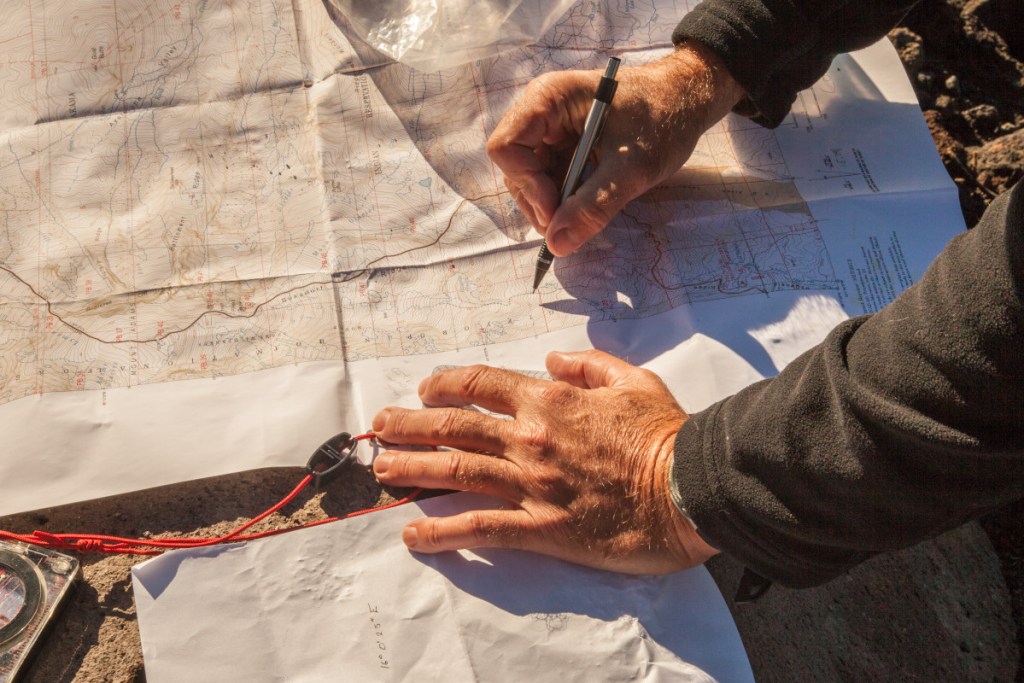
With satellite imagery and topographic maps in the hands of almost every hunter, it is easy to see why you should prioritize map scouting. It may look slightly different for everyone, but most hunters have the same goals: understand property borders, identify likely bedding areas, and fin routes to food sources.
Drought conditions don't exactly change your goals with map scouting, but they should change your approach. If you can find low-lying, riparian areas you'll have the best chance of finding moisture and growth. You can also use maps to identify areas with consistent water and food sources and determine how to access them, or how they'll influence where you set up. Any good hunting plan of attack starts with efficient map scouting, and that goes double for hunting in a drought.
Identify Short Travel Routes
-
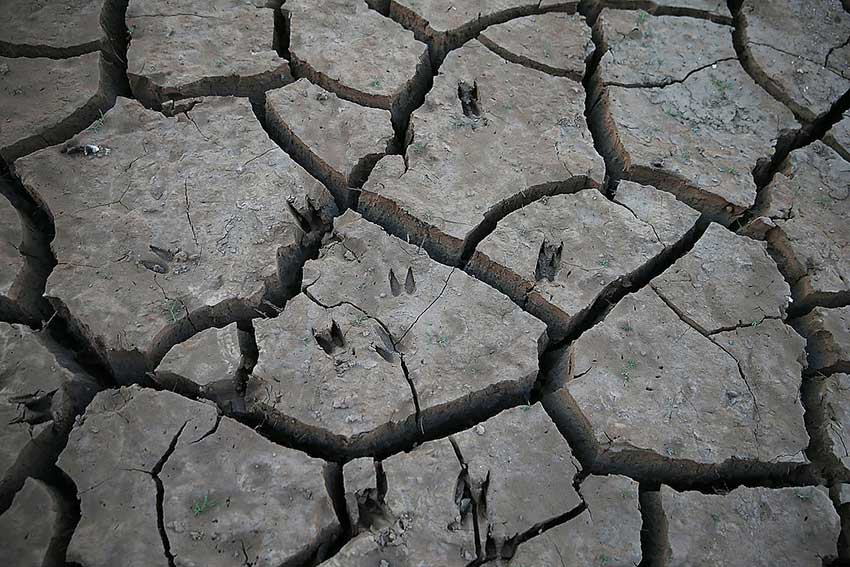
Justin Sullivan/Getty
Rutting season aside, deer are generally lazy animals. Okay, maybe not lazy, but definitely less active than most people think. They try to expend the minimum amount of energy needed to survive. That means drought, just like frigid conditions, can cause deer to bed closer to food and water. This reduces their energy expenditure, allowing them to survive more efficiently. Take this into account when identifying areas to hunt near food, water, or heavily used trails. If you are hunting a sought-after food or water source, keep in mind deer will be bedding closer than normal. Take advantage of this by moving in tight for a daylight opportunity.
Focus on Dusk
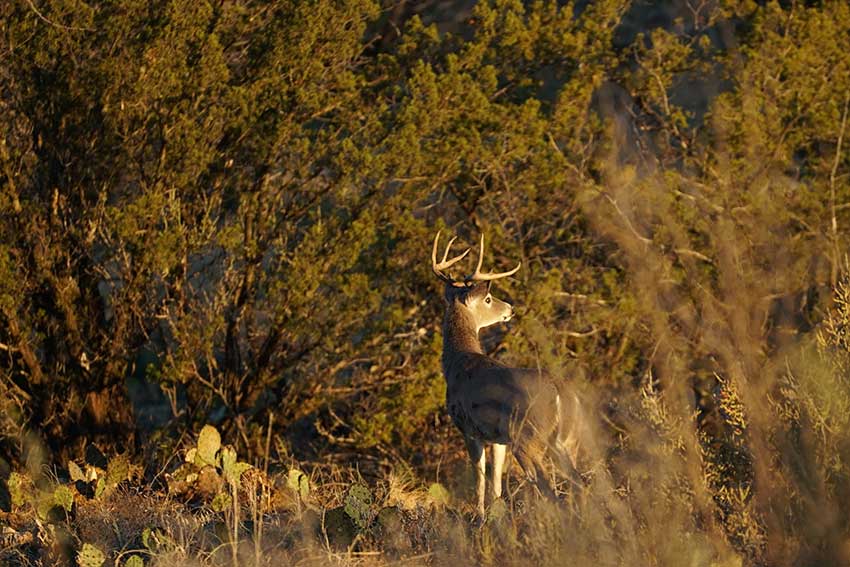
Droughts are most common in the late summer and early fall, and they usually come with hotter-than-normal temperatures. While deer will get up throughout the day when it's hot, they focus most of their movement when the sun is down or on the horizon. Low to no sun is the best time to catch deer in action. Early season is generally characterized by this type of movement, but heat and drought amplify it. You should focus on dusk hunts in these conditions, and try to pay close attention to where deer go after shooting light.
Don't Let a Drought Stop You
Drought conditions don't exactly scream great deer hunting, but some very big bucks are killed during exceptionally dry seasons. A drought presents consistent conditions, essentially making deer more predictable than otherwise. I feel that a predictable buck is a killable buck. Just because there's a drought doesn't mean you should throw in the towel. Just adjust accordingly, play your cards right, and be ready when the opportunity presents itself.
